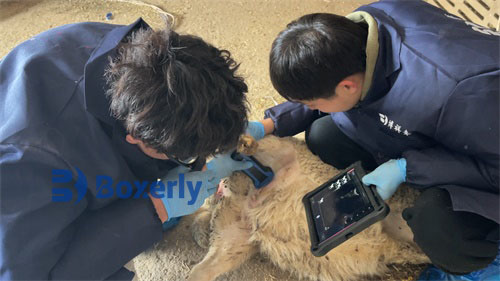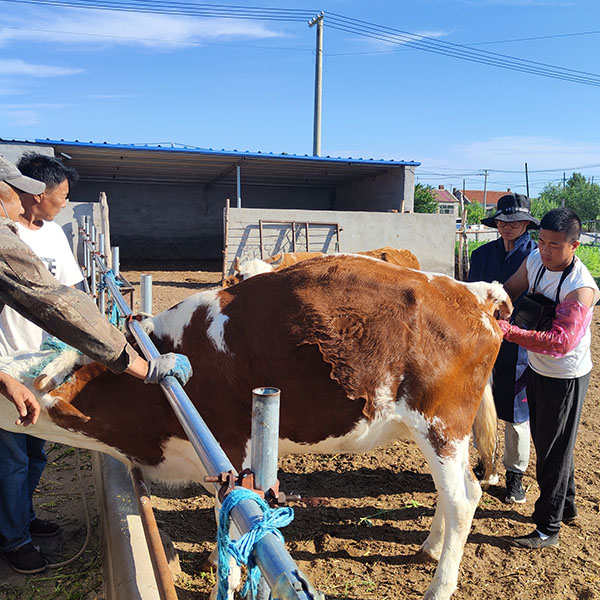There are many reasons that can cause cows to become empty, mainly due to congenital and acquired factors. Congenital infertility is generally characterized by abnormal reproductive organs, misaligned cervix, cervical atresia, vaginal stenosis, hermaphroditism, infantile diseases, and opposite sex twin calves in cows. After B-ultrasound examination of imported cows, such cows should be eliminated as soon as possible.
Acquired infertility is often caused by human factors, often due to improper feeding management and reproductive organ diseases. Such as predatory milking, technicians not following operating procedures for insemination, inadequate disinfection of insemination equipment and the external genitalia of cows, endometritis, vaginitis, etc. Imported cows should be examined by B-ultrasound. For cows with diseases, prompt treatment should be given, and the level of feeding and management should be improved in a timely manner to reduce economic losses.
The key to improving conception rate is to accurately grasp the objective laws of cow estrus through B-ultrasound examination of imported cattle and timely mating. Cows start their first estrus 45-60 days after giving birth, with an interval of 18-21 days between estrus. Generally speaking, the best mating effect is achieved 18-24 hours after the onset of estrus in cows.
During the spring and autumn seasons, cows have a strong estrus, which usually lasts for 1-3 days. The estrus is mostly in the early morning. During estrus, the cow's vagina is swollen, soft, and relaxed, and the labia mucosa is congested, red and shiny, with mucus flowing out of the vagina. The initial mucus that flows out is clear and transparent, which can be pulled into silk. Over time, it gradually becomes white and thick, with a filamentous nature, sometimes accompanied by a small amount of blood secretion. The appetite of estrus cows decreases, milk production significantly decreases, and body temperature rises by 0.5-1.0 ℃. If the above characteristics appear, after B-ultrasound examination of imported cattle, breeding should be considered in a timely manner to avoid missing the opportunity.
Cows are more irritable than usual, like to moo, not quiet, willing to approach other cows or bulls, and actively climb over. Sometimes accompanied by dripping urine or low short moans. During estrus, appetite decreases and milk production significantly decreases. Young cows have stronger sexual arousal than elderly cows, but each one is different and must be observed carefully.
On the basis of external observation, technicians should further conduct direct inspection or import cattle B-ultrasound examination. Cattle breeders should observe at least 3 times a day to detect estrus cattle and the time of crawling, and promptly ask artificial insemination personnel to perform insemination. Cows that usually undergo crawling in the morning will have their sperm fertilized between 16-17 pm or at 22:00 pm. The cow that crawled in the afternoon had an ideal sperm penetration effect at 8-9 am on the second day.








